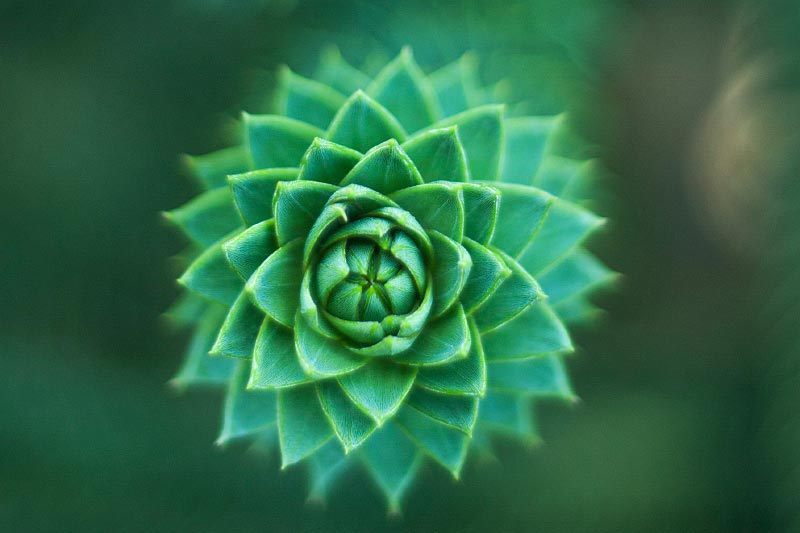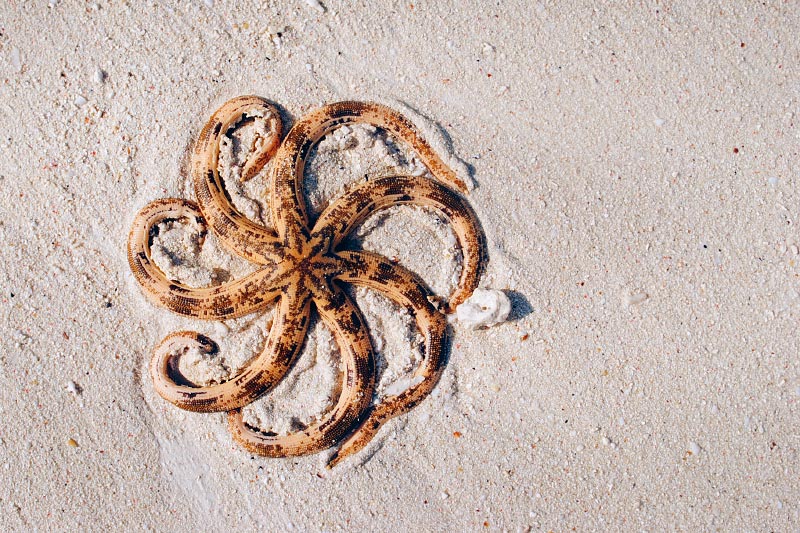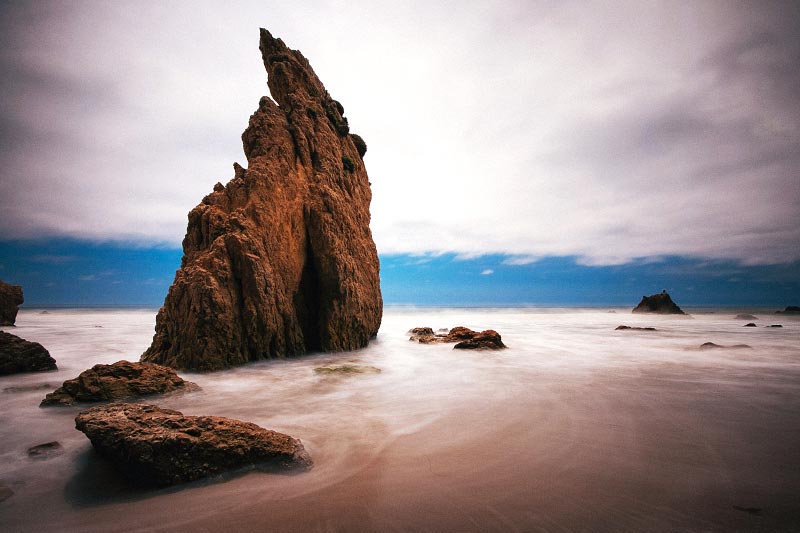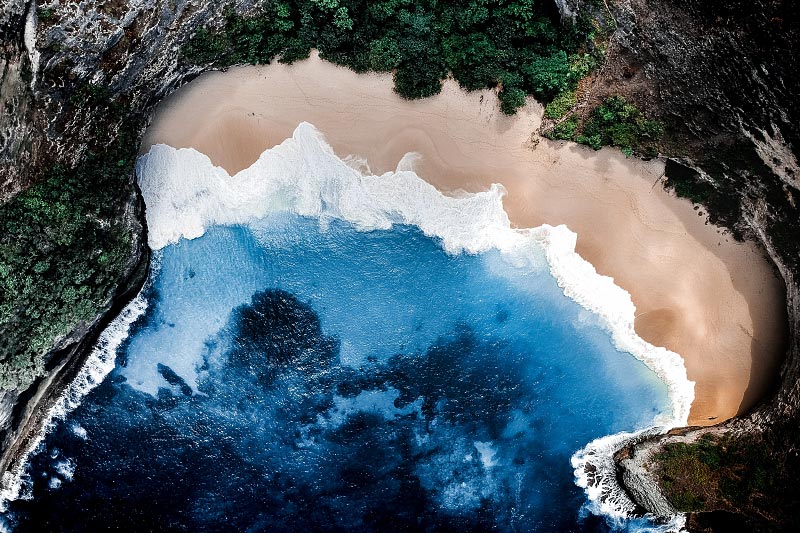Kruger National Park: Zebra

I breathed a sigh of relief as I woke up to find my cabin free from any unwanted critters. Before setting out on my safari adventure, I made sure to check my boots for any spiders that may have decided to make themselves at home there.
As the gates to the park opened just before daybreak, I headed north towards Nhlowa Road, also known as S28. I made a quick stop at Gezantombi Watergat, a waterhole, hoping to spot some animals while they were most active early in the morning or late afternoon, when the temperature was more bearable than during the midday sun.
The southern part of the park was notorious for its high temperatures during the summer season, sometimes reaching as high as 140°F (40°C) with a great deal of humidity. Thankfully, the weather was mild that day, and I was looking forward to spotting some wildlife.
After driving for a while, I took a right turn onto a narrow gravel road called the 528. Just 1.3 miles (2 km) later, I spotted my first sighting. To my left, a group of zebras grazed, their distinctive stripes dazzling in the morning light. To my right, I could see a herd of wildebeest in the distance.
As I watched the zebras, I couldn’t help but recall a fascinating theory about them. When zebras move together, their pattern makes it difficult for a predator to focus on an individual target, which can make it challenging to calculate the speed and direction taken by the prey. This theory was so intriguing that the military began experimenting with “motion dazzle” patterns in the early 20th century. By World War II, the practice fell out of favor.
Zebras are known for their wild nature and inability to be tamed, unlike their domesticated cousins, horses, and donkeys. Humans attempted to domesticate zebras in the late 19th century, but their survival instincts and tendencies to escape enclosures made them unsuitable for this purpose.
Of the three species of zebras – Plains, Mountain, and Grevy – the Plains zebra is the most commonly found in the park. The quagga, a subspecies of the Plains zebra, was endemic to South Africa until it was hunted to extinction by 1878. The quagga was fascinating due to its brown and white coat pattern, which was zebra-like at the front and horse-like at the back.
Moving on from the zebras, I kept my eyes peeled for any other wildlife, including big cats lazing on a branch. While I didn’t spot any felines, I did see a small herd of antelopes in the distance.
As the day wore on, I spotted more and more animals, including giraffes, warthogs, impalas, buffalo, and even a few elephants. The park was alive with activity, and it was truly an unforgettable experience.
As the sun began to set, I returned to my cabin, feeling grateful for the opportunity to witness such natural beauty. The sights and sounds of the park would stay with me forever, a testament to the importance of preserving our planet’s wildlife and natural habitats.
Want to join this challenge? Click here.
More from the Kruger National Park Challenge:







Keep In Touch